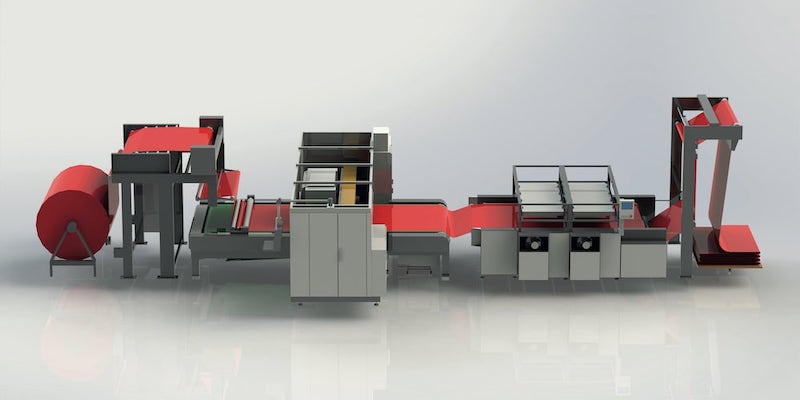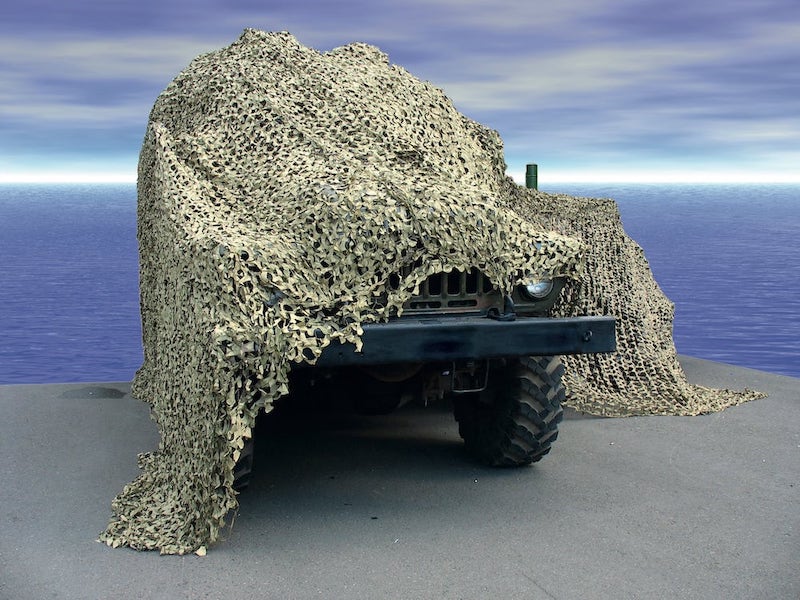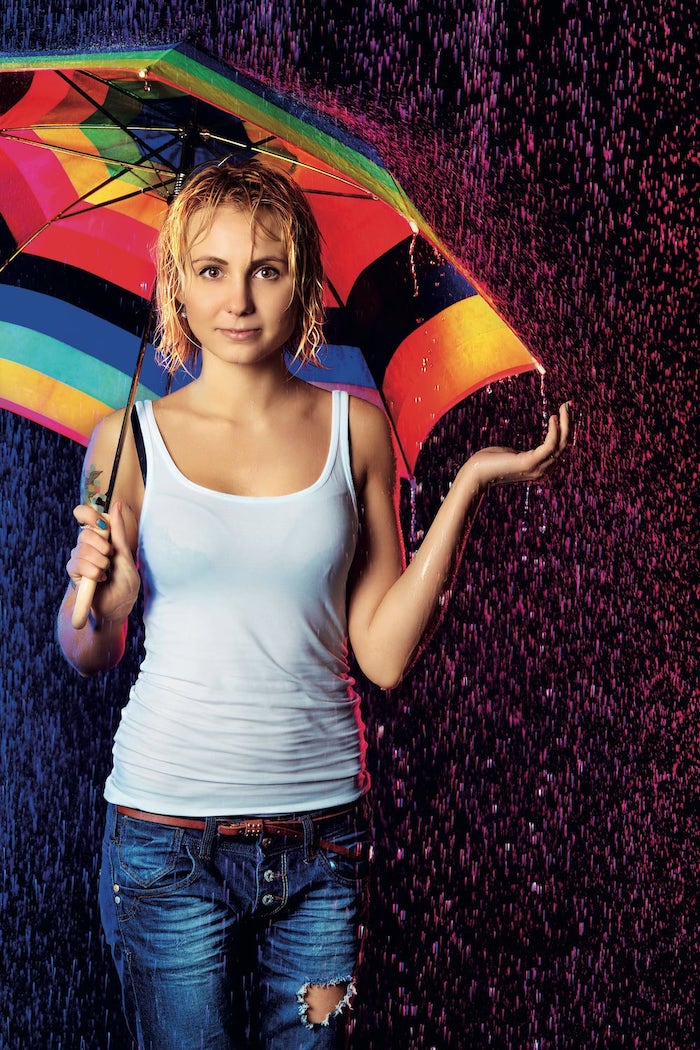Early adopters have been printers for T-shirt production and other piece goods. With the experience from this market segment, more and more requests are coming for continuous roll-to-roll printing.
The biggest obstacles for industrial scale digital pigment printing have been inks and printheads available in the market.
What differentiates pigment printing from other technologies like reactive, acid, paper transfer, direct sublimation or disperse printing?
Reactive printing is suitable to cellulosic, protein and polyamide-based substrates with little blend content of other fibers. Similar is the situation with acid inks with main use on protein and polyamide-based substrates. Sublimation and disperse printing are of a similar limitation as they are limited to PES or specially coated fibers within the blend.
All multi-fiber blended substrates have one in common: Whatever ink class is used it will fix with one specific fiber and has little affinity to other fibers in the blend.


The real strength of pigment inks is their excellent covering strength. Pigments are reflective particles and neither migrate into the fiber nor re-act chemically with the same. For a good fastness, pigment particles need a cross linker to fix with the fiber.
This makes pigments outstanding from all other ink classes as they can be printed on almost any textile product, no matter if it is constructed of a single fiber or being a multi-fiber blend.

The fixation of the cross linkers (binder) does not need an extra fixation process but can be completed in a single pass, right from printing into the drying/curing oven as the binders are activated and polymerized by thermal impact. This results in a drastically simplified process, reduced logistic requirement within the department and a minimized energy consumption.
A further advantage is that pigment prints do not require post print washing. Therefore, the effluent produced throughout print and fixation process is substantially reduced in comparison with other print processes. Digital pigment printing is the most ecologic process for decoration of textile products.
Pigment particles tend to sediment and require stable dispersions to keep all solids floating. To retain a suspension stable over a longer period (shelf life) under environmental conditions (transport, storage) hardly possible to control, is a challenge. Another difficulty is to avoid agglomeration of particles, which may cause clogging of filters, degasers and print-heads.

With the recent developments in ink formulation and the availability of printheads with an ink circulation right at the nozzle plate, this has be-come manageable and is safe for industrial print production now.
In close cooperation with ink manufacturers, ZIMMER AUSTRIA has developed a printer generation specifically tuned for all the needs of digital pigment printing. The COLARIS Pigment Printer comes with the FUJIFILM Dimatix Starfire™ GS-1024 printhead with incorporated Versadrop™ grey-scale control and ReadyJet™ technology.
The latest updated features of COLARIS printers include an individual vacuum setting for each color group. This ensures most stable jetting performance in any jetting fluid (ink) combination being used. The individual vacuum setting feature gives a user more independence to choose from inks of different sources. The promise of an open ink system is therefore more in the foreground than ever before.

Selecting the best printhead for an industrial environment was always the main aim of ZIMMER AUSTRIA Digital Printing Systems, as this is the only way to bring the total cost of ownership of a print installation to the right level. Printer owner/operators in general claim that printheads are a substantial cost factor in their product calculations.
Taking the task of cost reduction as our mission, we have selected the FUJIFIM Dimatix Starfire™ printhead. The same is the first and only truly repairable printhead in the market. To help customers to reduce their production costs even further, ZIMMER AUSTRIA has established the Printhead Reconditioning Center and offers service of printheads through a special service agreement. The benefit for customers is a substantial cost saving throughout the life cycle of a printer installation.

Performance of COLARIS certified pigment inks:
- Pigment application: For almost any fiber class suitable
- Fixation: Recommended is hot, dry air at 160°C for 3 minutes
- Colors available: Black, Cyan, Magenta, Yellow
- Orange, Red, Violet, Green
- Light fastness: 6 and higher on all solid process colors
- Dry rub fastness: mostly 4 plus – dependent on fabric
- Wet rub fastness: minimum 3 but mostly higher – dependent on fabric
- Wash fastness 60°C: Mostly 4 and higher – dependent on substrate and construction of the same

Technical Data COLARIS Digital Printing System:
- Printing widths: 2200, 3400 mm
- Number of color groups: up to 12 individual colors possible
- Color setup: 4, 6 or mirrored setup possible
- Any no. of colors higher then 6, in a single-color setup
- Fabric constructions: knitted, woven, nonwoven
- Printer Models: available with max. 12, 24, 48 or 96 printheads
- Effective installed printheads will depend on number of colors selected and production capacity required.
- Open ink system: Any ink certified for COLARIS digital inkjet printers can be used
- Ink Circulation system: Permanent ink circulation right by the orifice to eliminate possible sedimentation
- Printhead cleaning system: Highly efficient, automatic printhead and print carriage surface cleaning by means of a spray and vacuum extraction
- Open RIP System: Most RIP systems offered in the market match the requirements of the printer.
- Print carriage drive: Linear motor with permanent position control
- Fabric transport system: Carrier belt with single drive for small capacity and twin drive for bulk production printers with permanent position control/adjustment system
- Blanket washing system: For all production machines a highly efficient spray, brush, drying blanket washer is standard supply.
- Optional features: Automatic printhead calibration system
- RIP on the fly function
- Web-Shop functionality
- Inline pre-treatment application
- Jetting fluids for functionalization of the substrate
- Dual ink system for special applications such as military camouflage printing incl. IR remission control

Available line components:
• Guiding systems as per requirement of the printing substrate
• Fabric cleaning systems
• Various fabric dryer types, incl. electric IR system or hot air ventilation system heated by direct natural gas, indirect steam or thermal fluid
• Inline fabric inspection
• Fabric plaiter
• Fabric re-batching for small rolls on cardboard tubes
• Fabric re-winding on A-frame
The modular system of CLARIS Digital Inkjet printers allows us to produce tailor-made machines. In case your specific end-product requires a special layout, we will be pleased to discuss and engineer the print line as per your requirement.



















